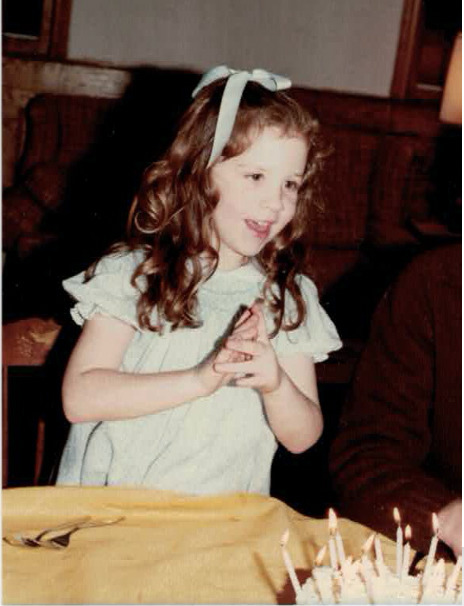How To Make Friends as a Teenager When You’re Shy & Insecure

When trying to figuring out how to make friends as a teenager or join a group, more often than not, teens experience genuine social anxiety and fear.
Some teens have a long history of rejection and social anxiety. They may feel awkward and not confident in their own skin. As they approach friendships and relationships, they need help and support to foster feelings of “I can” rather than “I can’t.” Despite your best efforts, they may resist help and support. Embarrassment, overwhelm and pain may make this subject hard for them to address.
Reasons Why It Is Hard to Make Friends as a Teenager:
Shy or introverted –
Although shyness is an emotion and introversion is a personality type, both affect how a person feels and behaves around others. These teens exhibit feelings of being uncomfortable, self-conscious, nervous, bashful, timid, or insecure and may exhibit physical sensations such as feeling flush in the face, trouble speaking or difficulty breathing.
Past experiences –
These teens have had a hard time in the past when they did reach out, and are still processing the pain, embarrassment and rejection.
Don’t know how –
They want to join but don’t know how to, so they “fly” around groups, yet never immersing.
Avoiders –
These teens avoid social interactions, often at any cost.
Strategies On How to Make Friends as a Teenager:
Shy or introverted –
Build Self-Confidence.
Example: Provide opportunities for your teen to speak up. Many teens are passive and do not advocate for themselves. Ordering meals, taking care of banking needs, discussing the pet’s problems with a vet are examples of how you can coach assertiveness skills and how to do things for themselves. For this group, encouraging them to meet new people and discover their talents is also important.
[Learn more: Moving from “hi” to full conversation, Joining a Group Infographic]
Past experiences –
Recall a time they successfully navigated a difficult situation.
Example: If we don’t learn from mistakes, we may not only continue them, but we also do not develop maturity and resilience. Coach the teen to recall a time when they overcame something difficult, how they did it, and how it made them feel. Help them extract and utilize the lessons they learned from planning, speaking up, problem-solving and self-calming.
Don’t know how –
Create a mental picture and a plan.
Example: Some teens formulate their weekend plans by Monday and it may seem that everyone else had already formed plans and groups. For this teen, who wants to join but just doesn’t know how to approach the group, help her mentally vision what she will look like, act like, wear and say when she approaches a group. Help her create a plan of how to do it, including when, whom to approach, what to ask, etc. In this “mind-mime”, she will be able to see herself in action, stepping in to the act and even gesturing the movements.
[Learn more: Mind-mine, and Building a Conversation graphic]
Avoiders –
Find the Facts.
For this group, it is all about fact-finding. We want to talk about the fears and the “new normal” of avoiding. I offer lots of open questions suggestions in Why Will No One Play with Me? – to explore what gets in the way and what is the price to pay for not joining in?
Example: Many teens don’t know how to make chit chat. I recommend the strategy Social Spy, to allow the teen to covertly view others to figure out what they say, how they say it, how they move the conversation along, etc. Research in advance questions to ask such as, “How is your day going?” “What about that math assignment?!” “Are you nervous too about the tennis match this afternoon?”
Future thinking
Thinking about and planning for the future is an essential life trait. Imagining a scenario, creating a plan and then physically role playing with siblings, cousins, etc. on how to fit in creates optimism, particularly when viewing the problems opportunities. Having a plan (I have also seen videos) on how to move forward that includes “this” but not “that” while drawing on past similar situations not only helps us fit in, but builds resiliency.
Making Friends as a Teenager: Moving From Nervous, Formal and Stiff to Social
The more opportunities teens are exposed to, the better they will see that the world is not all doom and gloom. I have exercises in my book on how to help them build this mindset, including: building a tower, steps of mixing in, being too fast/slow, acting out your approach, moving conversation from “Hi” to a real conversation.
Believe “I Can”
Internal stories and confidence are what I have found to be the biggest road blocks to socializing.
When a teen is struggling with a belief that it won’t work out, convince them to exit their comfort zone and really try. This works best when practicing on kids they never see again. Practice yields confidence. Getting kids to try is covered a lot in my book. Every kid needs a place to shine, feel good and have a sense of strength.
If I can help you more, please don’t hesitate to reach out.




